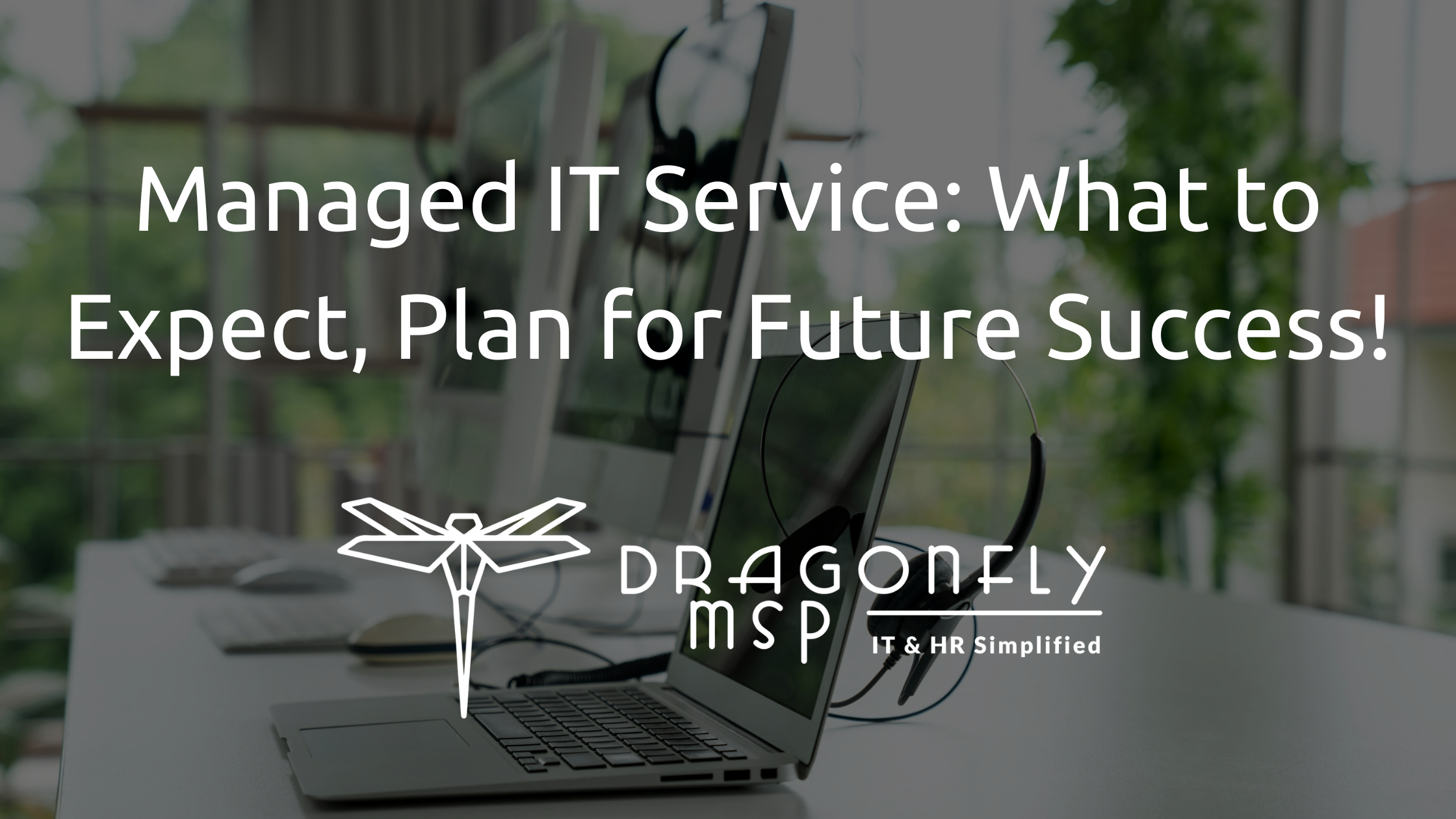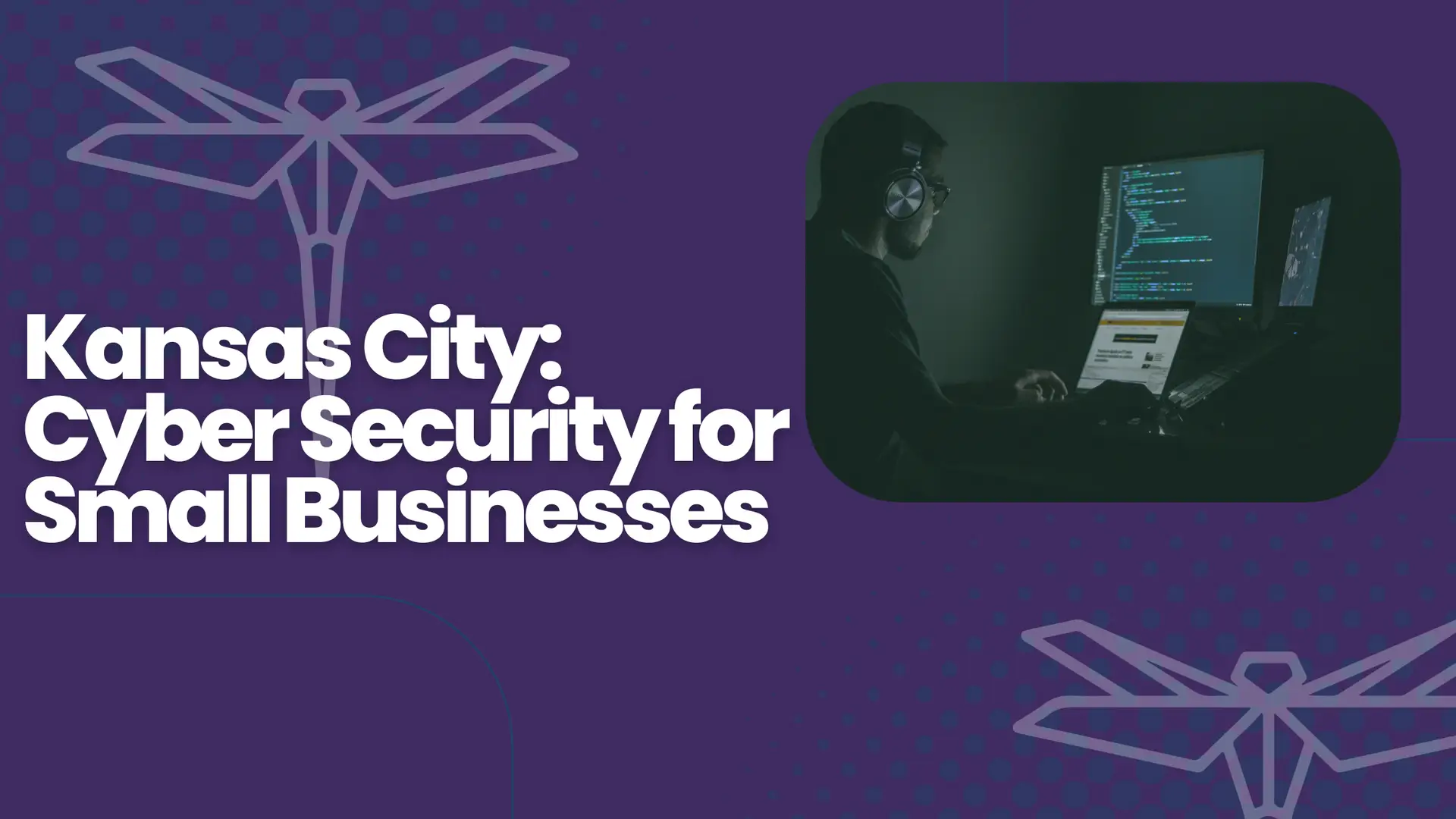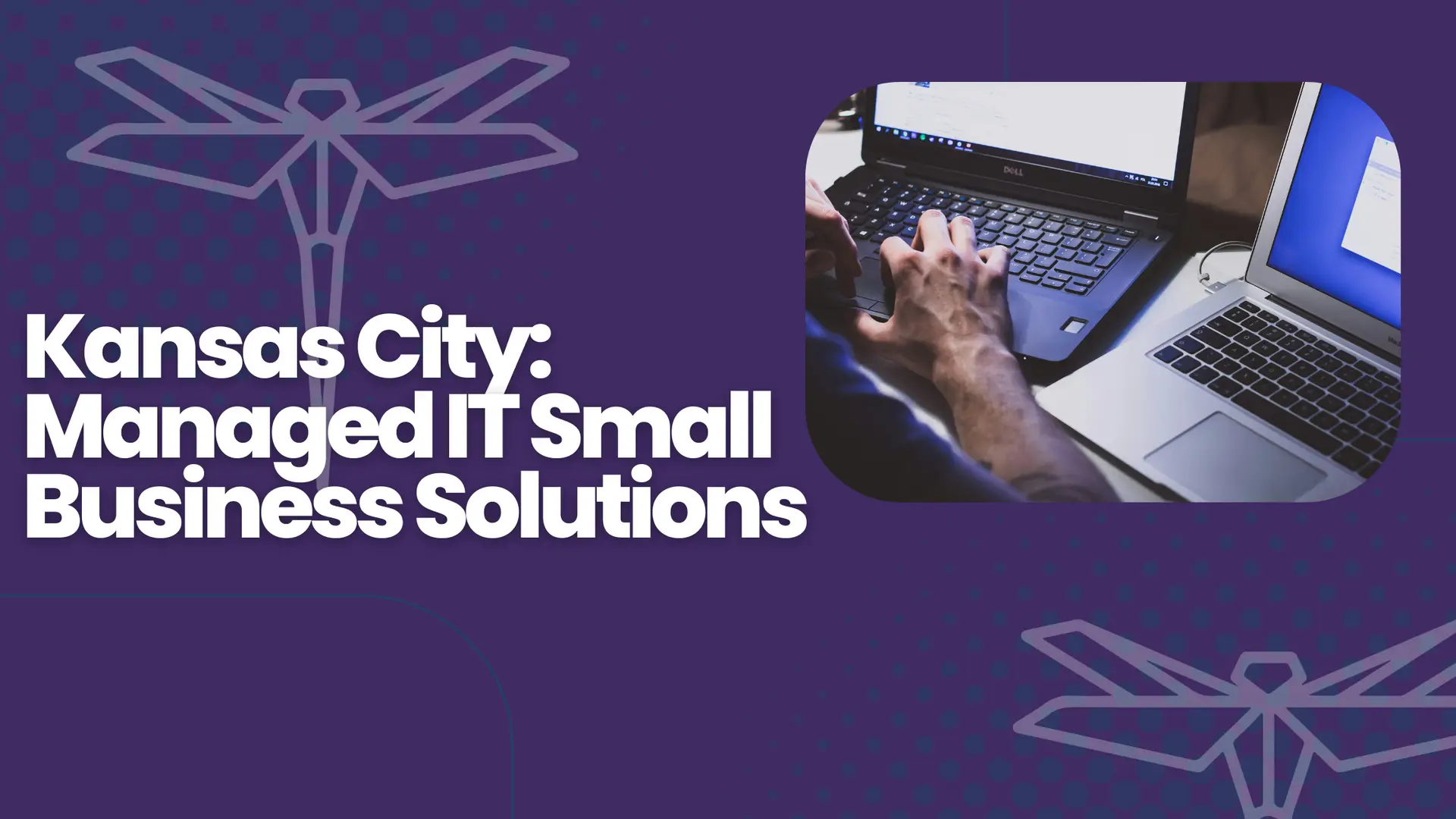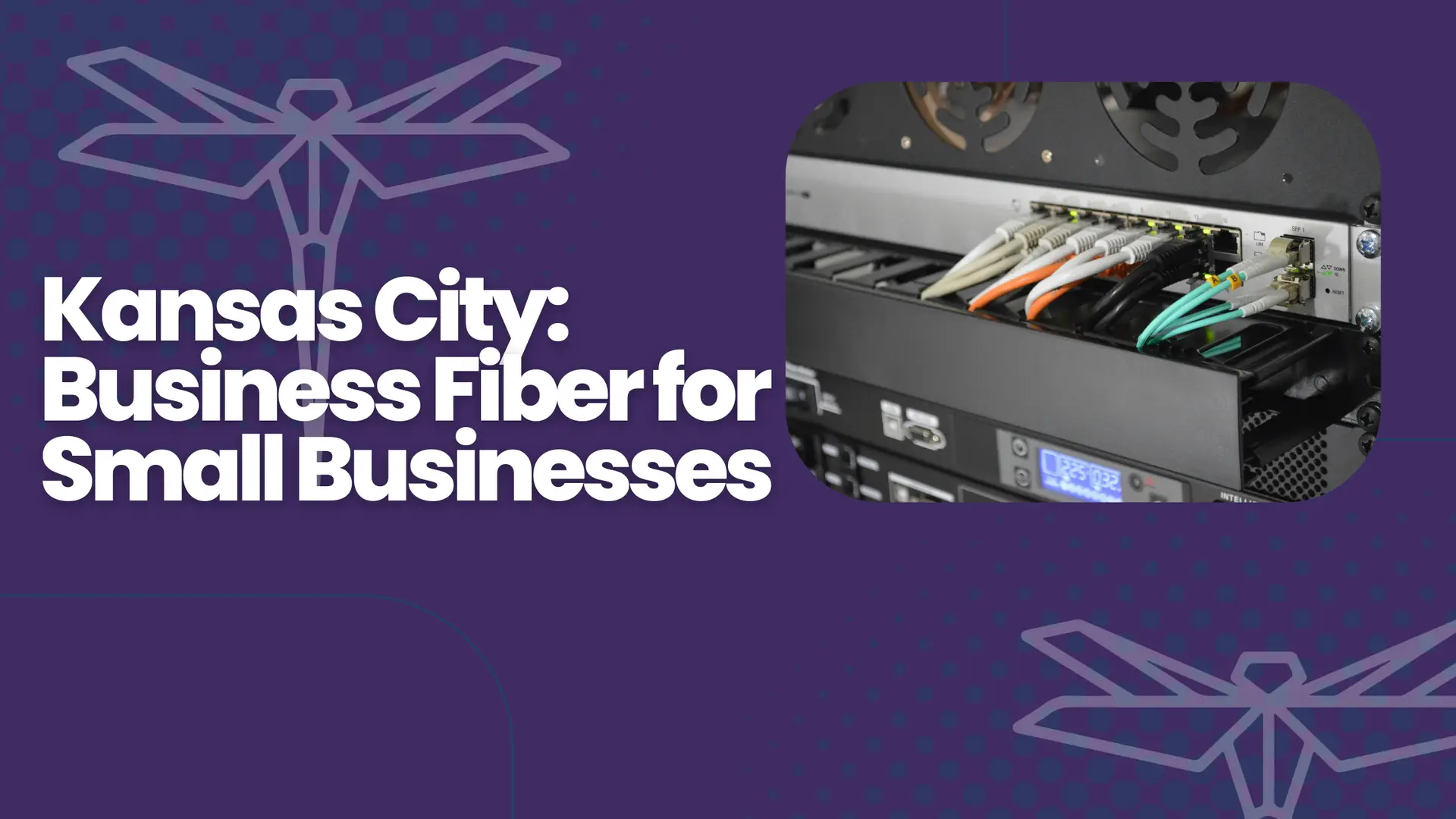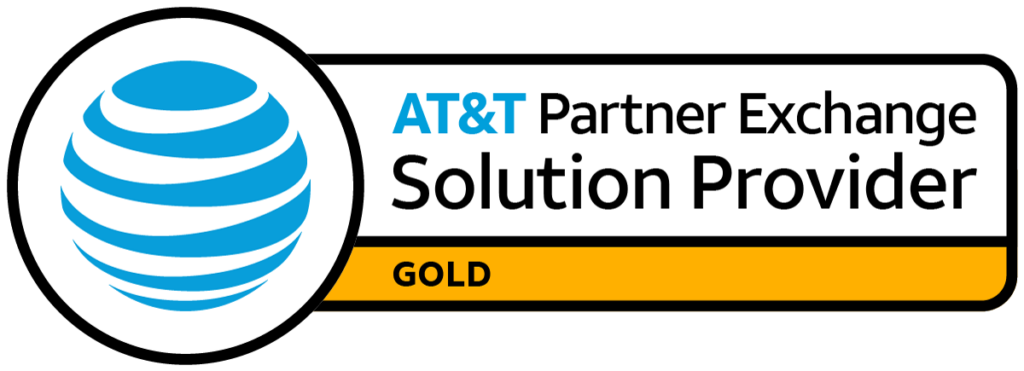Introduction
Choosing to work with a Managed IT Service Provider can be a game-changer. Instead of juggling technology problems on your own, you get access to a team of experts who keep your systems running smoothly. But what exactly can you expect once you sign on the dotted line? And how can you plan for long-term success with your new IT partner?
In this blog, we’ll cover everything from the onboarding process and day-to-day support to strategic guidance for the future. We’ll also keep the language simple, so you don’t have to be a tech genius to follow along. By the end, you’ll have a clear picture of what a Managed IT Service Provider does, how you can best work with them, and how to prepare for growth.
1. Smooth Onboarding Process
When you first hire a Managed IT Service, they won’t just start tinkering with your computers right away. There’s an initial phase called onboarding, which sets the stage for your entire relationship.
- Assessment of Current Systems: They’ll take a close look at your hardware, software, and network setups. This includes checking for issues like outdated programs or slow servers.
- Goal Setting: Together, you’ll discuss your business goals and how IT can help you meet them.
- Timeline Creation: You’ll get a schedule outlining when updates or changes will happen.
- Employee Orientation: They might offer quick training so staff know how to reach the help desk or request service.
A good onboarding process creates a strong foundation and helps the provider understand your unique needs right away.
2. Clear Service-Level Agreements (SLAs)
An SLA is a contract that tells you how fast the provider will respond to issues, how they’ll fix them, and what happens if they miss those goals. It covers key points like:
- Response Time: How quickly they answer phone calls or emails.
- Resolution Time: How soon they aim to fix the problem.
- Coverage Hours: Whether they’ll help you 24/7 or only during certain times.
- Escalation Process: What happens if the first tech can’t solve the issue.
Review these details carefully so you know exactly what level of service to expect.
3. Daily Support and Help Desk
Once you’re up and running, you’ll likely interact with the help desk for everyday questions or issues. Expect:
- Ticket System: When you have a problem, you create a ticket that tracks its progress and resolution.
- Multiple Contact Methods: You can usually reach them by phone, email, or chat.
- Friendly Guidance: They should explain problems and solutions in a clear, patient way.
A helpful, easily accessible support team keeps your employees productive and reduces downtime.
4. Proactive Monitoring and Maintenance
A big advantage of Managed IT is the focus on preventing problems rather than just reacting to them.
- 24/7 Network Monitoring: They use tools that watch your systems around the clock for signs of trouble.
- Software Updates and Patches: These are applied regularly to close security holes and fix bugs.
- Hardware Checks: They keep an eye on servers, hard drives, and other critical equipment for signs of wear.
This proactive approach means fewer disruptions during your busiest hours and a smoother work environment overall.
5. Cybersecurity Protection
With hackers getting smarter every day, you need strong cybersecurity measures.
- Firewalls and Antivirus: Basic tools that block harmful traffic.
- Threat Detection: Some Managed IT teams use advanced software to spot unusual behavior.
- Employee Training: They might offer tips to help staff avoid phishing scams or weak passwords.
- Incident Response Plans: If a breach does occur, they have a plan to limit damage and recover quickly.
Security is never a one-and-done deal. Expect ongoing vigilance from your IT partner.
6. Regular Check-Ins and Reporting
A good Managed IT provider won’t just fix issues and disappear. They’ll check in with you regularly to ensure everything is going well and to suggest improvements.
- Monthly or Quarterly Reviews: They update you on your system’s health, security status, and any needed upgrades.
- Performance Reports: These show data on network speeds, downtime, and other metrics.
- Open Dialog: They welcome your feedback, whether it’s a concern or a new idea for your tech setup.
These check-ins keep you informed and help you budget for future IT expenses more accurately.
7. Strategic IT Planning
Your relationship with a Managed IT Service shouldn’t just be about fixing problems. It can also guide you toward smarter, more strategic use of technology.
- Long-Term Roadmaps: They help you plan for expansions or software migrations.
- Budget Forecasting: Predicting costs for new hardware or software updates.
- Tech Recommendations: Suggesting tools that make your operations more efficient and competitive.
This higher-level thinking separates a great IT partner from one that only focuses on quick fixes.
8. Cloud Services and Remote Access
Many businesses today use cloud services for storing data or running applications. A Managed IT provider can help you choose and manage these tools effectively.
- Cloud Hosting: Instead of buying and maintaining servers, you rent space and services in the cloud.
- Software as a Service (SaaS): Applications like Microsoft 365 or Google Workspace can streamline workflow.
- Secure Access: They set up VPNs or other secure methods for employees to access files from anywhere.
Using the cloud can reduce hardware costs and let your team collaborate from different locations.
9. Scalability for Growth
When your business grows—adding new offices, employees, or services—you’ll need your technology to keep up. Managed IT can help you scale smoothly.
- Easy User Onboarding: Need 10 new email addresses? Your provider can set that up fast.
- New Hardware Installation: They can quickly provide extra laptops, servers, or network equipment.
- System Upgrades: They ensure you’re not slowed down by outdated infrastructure.
Scaling without major tech hiccups lets you focus on capturing new opportunities.
10. Backup and Disaster Recovery
Even the best systems can fail due to natural disasters or sudden hardware issues. A Managed IT provider prepares backup plans to keep your data safe.
- Scheduled Backups: They copy your files to secure storage (often off-site or in the cloud).
- Disaster Recovery Strategies: If servers go down, they know how to get you back online fast.
- Regular Testing: They test backups periodically to ensure they actually work.
This helps you bounce back quickly if anything goes wrong, saving time and frustration.
11. Handling Vendor Relationships
From internet providers to software vendors, you might have multiple tech relationships to manage. Your Managed IT partner often takes on this role, so you don’t have to juggle phone calls.
- Single Point of Contact: They coordinate with all vendors for updates, troubleshooting, or contract renewals.
- Leveraging Partnerships: Some Managed IT services have special deals or quicker support channels with major tech brands.
- Problem Escalation: If an internet outage occurs, they know who to call and what to say.
This vendor management frees you up to focus on your core business instead of chasing multiple companies for help.
12. Transparent Billing
When you pay for Managed IT, you typically get a monthly or quarterly bill. Expect it to be clear and detailed.
- Flat Rate Packages: Many providers bundle services into a predictable monthly fee.
- Extra Costs: Certain projects or hardware might be separate. Make sure it’s spelled out in the contract.
- Usage Reports: Some providers break down how much support time or which services you used.
Clear billing ensures no surprises and helps you plan your finances effectively.
13. Compliance Assistance
If you’re in a regulated industry like healthcare or finance, you have extra rules to follow.
- HIPAA, GDPR, PCI DSS: Managed IT providers can guide you on meeting these requirements.
- Audit Trails: They set up logs that track who accesses what data.
- Policy Creation: They help write procedures that keep you compliant with regulations.
Staying compliant protects you from fines and builds trust with your clients.
14. Training and Education
Your employees might need a bit of training to fully benefit from new systems or software.
- Workshops: These can be in person or virtual, showing staff how to use features effectively.
- Help Desk Resources: Written guides or video tutorials can help employees solve smaller issues on their own.
- Security Tips: Ongoing education helps employees avoid dangerous links or emails.
Knowledgeable employees help reduce IT issues and maintain better security.
15. Customization and Integration
Not every business runs the same set of apps or has the same processes. A Managed IT service can tailor solutions to fit you.
- API Integrations: Connecting software tools so they share data seamlessly.
- Custom Configurations: Adjusting software settings to match your workflow.
- Project Management: They can handle big tech projects from start to finish.
The goal is to give you technology that works the way you work, not the other way around.
16. Regular Hardware Refresh
Computers, servers, and networking gear don’t last forever. Managed IT providers plan hardware refresh cycles to avoid sudden breakdowns.
- Asset Tracking: They keep track of device ages and warranties.
- Scheduled Replacements: Upgrading before systems fail prevents major downtime.
- Trade-In Deals: Some providers help recycle or trade old gear, which can save costs.
By staying ahead of hardware failure, you ensure staff always have the tools they need.
17. Handling Emergencies Quickly
No one likes an IT emergency, but they can happen. Managed IT providers have protocols to tackle problems with minimal disruption.
- Emergency Response Team: A group of experts who focus on critical issues.
- Detailed Crisis Plan: Steps for containing and fixing the problem as fast as possible.
- Communication Strategy: Keeping you and your team informed during the entire process.
While emergencies can’t always be avoided, quick action can limit damage significantly.
18. Remote Work and BYOD Support
Many companies let employees use personal devices or work remotely. This brings convenience but also security risks.
- Mobile Device Management (MDM): Tools that secure phones or tablets used for work.
- Secure VPN Access: Employees can access company data from anywhere without risking security.
- Policy Enforcement: Ensuring personal devices meet certain security standards.
This flexibility can help you attract talent from different regions and accommodate various working styles.
19. Reviewing and Revising Your Strategy
IT isn’t static. As your business changes, your technology needs might shift too.
- Annual or Bi-Annual Reviews: Look at how well your current setup supports your goals.
- Plan Adjustments: Maybe you need more cloud storage or advanced analytics tools.
- Budget Updates: Align spending with new projects or expansions.
Continuously refining your IT approach keeps you competitive and prevents stagnation.
20. Growing a Long-Term Partnership
A Managed IT Service isn’t just a vendor; it can become a long-term partner that grows alongside your business. Over time, they’ll know your culture, understand your workflows, and be ready to offer advice when you face new challenges.
- Open Communication: Share your big-picture plans and concerns with them.
- Feedback Loop: If something isn’t working, speak up so they can adjust.
- Trust and Reliability: A solid partnership means you can rely on them for honest guidance and prompt support.
This bond can save you from constantly searching for new providers and let you focus on building your business.
Conclusion
Working with a Managed IT Service Provider offers more than just tech support. From a smooth onboarding process and proactive maintenance to strategic planning and 24/7 security, they handle the tech details so you can focus on growth. You’ll also benefit from regular check-ins, training, and insights that keep your technology aligned with your business goals.
By understanding exactly what to expect, you can prepare for a successful partnership. Know the questions to ask during onboarding, review your SLAs for clarity, and keep communication lines open. With the right Managed IT team by your side, you’ll reduce downtime, increase security, and free up energy to drive your business forward. Whether you’re a small startup or an established enterprise, Managed IT can help you thrive now and in the future.
#ManagedIT #ITProvider #TechSupport #BusinessGrowth #FutureTech #DisasterRecovery #CloudServices #Cybersecurity

